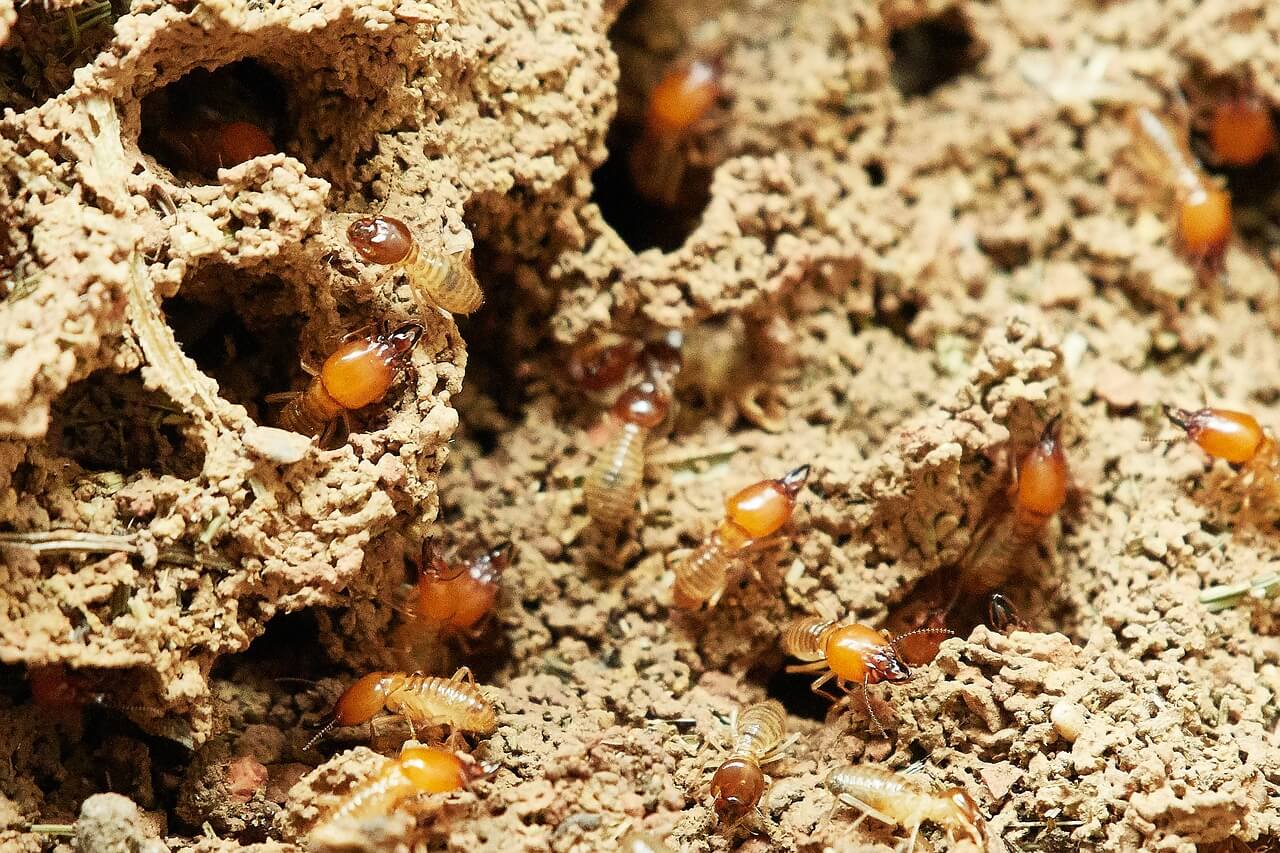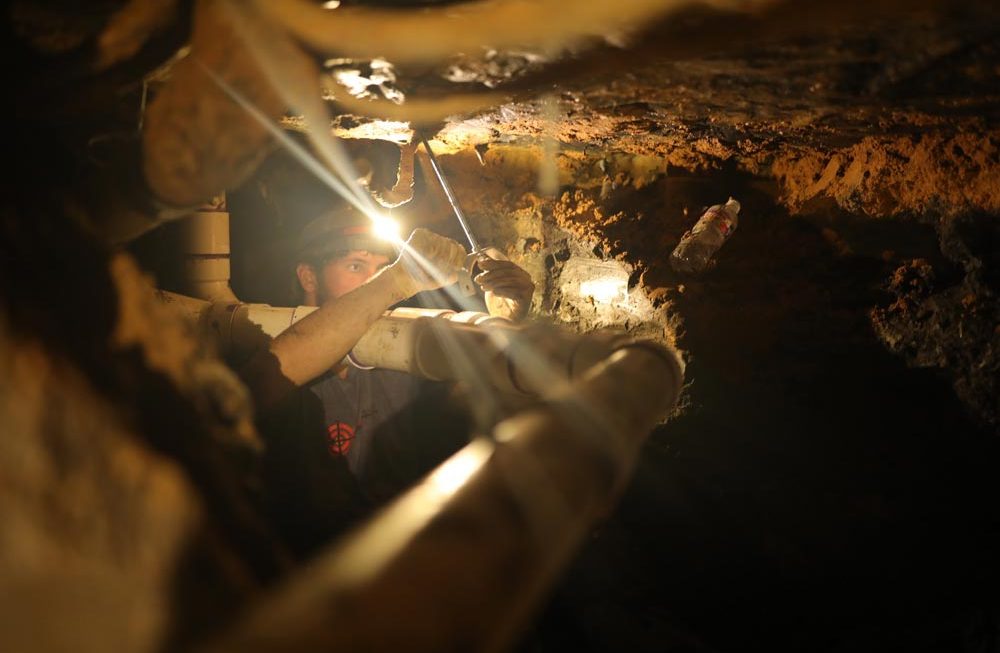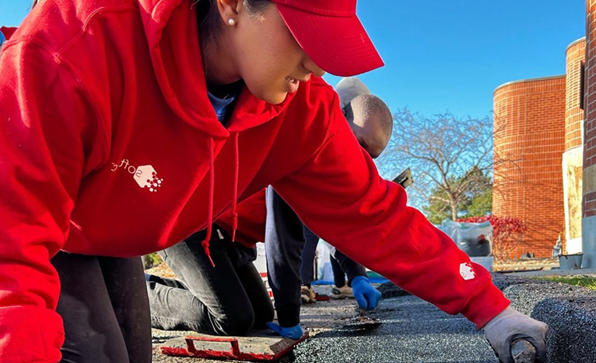Wood is the most commonly used material in building. Apart from the regular flooring procedures, wood is a popular choice for interior decoration and panelling. However, more Australians are starting to prefer plywood and timber due to their sturdiness and aesthetic value. Moreover, these materials are cheap and cost-efficient too. But wood maintenance is not as easy as procuring it. Without proper care and precautions, one would have to deal with a few wood-related issues in a household. The most prevalent problem that one faces with wood is termites. Over 130,000 Australian homes face termite infestation every year.
Termites are a species of insects that feed on wood. While they are of ecological importance in the wild, termites are pests that can cause grave damage to the structural integrity of wood-based buildings. Humans have struggled with termite control since early times. However, with advanced technology, termite treatment has become a commonplace procedure. Here are a few methods and stages of termite control that have been successful.
Identifying Termites
The first step in termite control is identifying the insect. More often than not, homeowners first witness the damage caused by the pest before seeing the insects themselves. Since termites are colonial, one comes across them in swarms rather than individual insects. In addition, owing to their stealth in nesting and tunnelling, termites often escape plain sight. If one suspects termite activity in any spots, it is advisable to use a screwdriver or any lever to lift the wooden surface. This method is helpful while dealing with plies of wood panelling or floorboards.
Termite Inspection
Once a homeowner realises that there might be a termite situation in the house, it is wise to contact a certified termite controller for an in-depth inspection. Since termites are colonial, they tend to move frequently from one place to another in search of food. In houses with significant woodwork, this becomes advantageous for the insects. A thorough termite check includes searches for signs such as insect dropping in corners, stray wings under panels or floors, and dead termites in storage spaces. Mud tubes are other notable indicators of termite activity.
Extermination Methods
There are many ways one can use to get rid of termites. The physical barrier method is a simple procedure in which a solid barrier blocks termite activity in nooks and corners susceptible to infestation. Other physical barriers include aggregate and stainless steel traps. Some physical methods, such as collars, require installation during construction or pre-construction.
Chemical Method
The chemical method uses industrial chemicals that act upon the nervous system of insects. Some common chemicals used in termite control are Fipronil, Chlordane, and Cypermethrin. If one wishes to reduce toxicity to the surrounding area, there are natural insecticide options. Diatomite is a sedimentary rock powder that effectively controls termite. Treating the wood with borate sprays, cedarwood oil, and orange oil are proven methods of termite treatment.
Preventive Measure
One can more easily prevent a termite infestation than treat one. It is always better to be on the lookout for termites when dealing with wood. The first step in ensuring a termite-free environment is to remove moisture from wooden surfaces. Wet wood attracts insects and becomes a breeding ground. Similarly, it is vital to keep any leaf or wooden rubble away from the building’s outer surface. In wet and humid weather, precipitation settles on such organic debris, thus encouraging termite movement. Varnish is also an effective agent that keeps termites away.
Conclusion
Preparing for a termite control session is a strenuous process. However, with good care and smart preventive measures, homeowners can minimise damage and effectively redeem precious wooden items that could rot away because of insect contamination.




